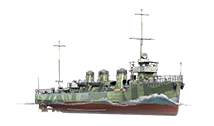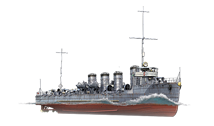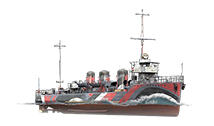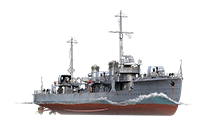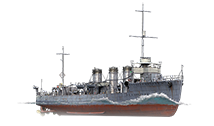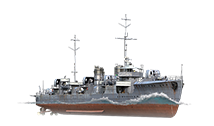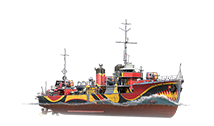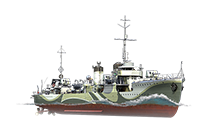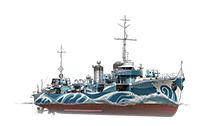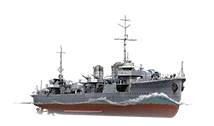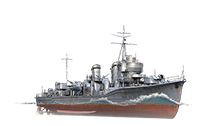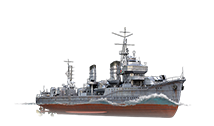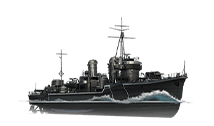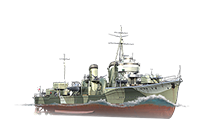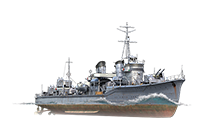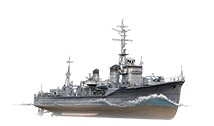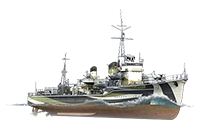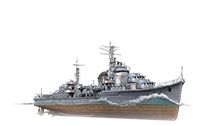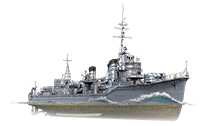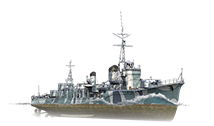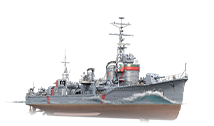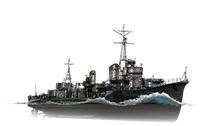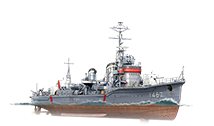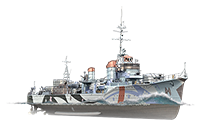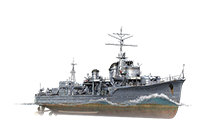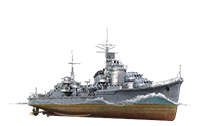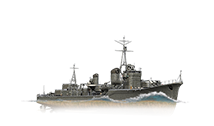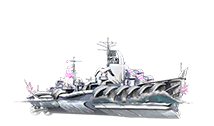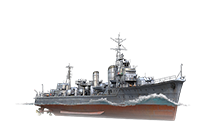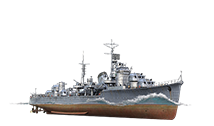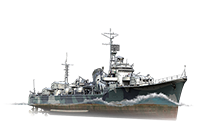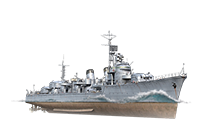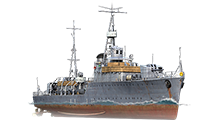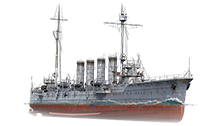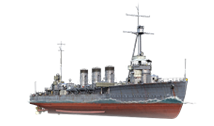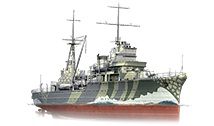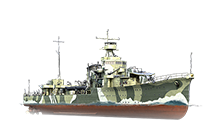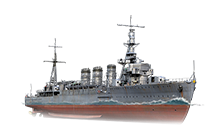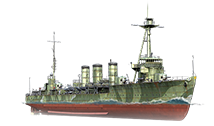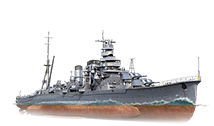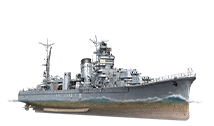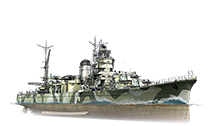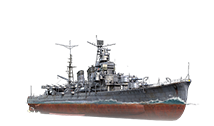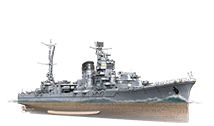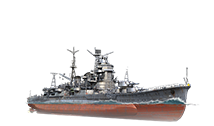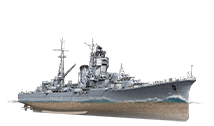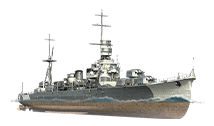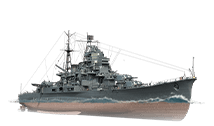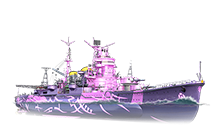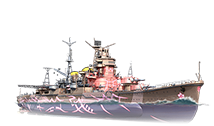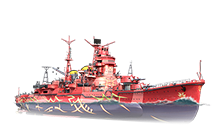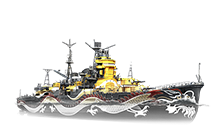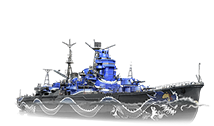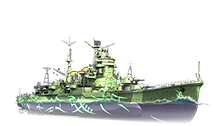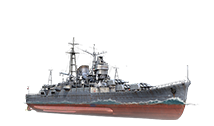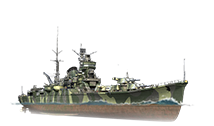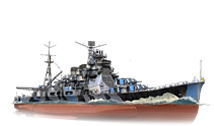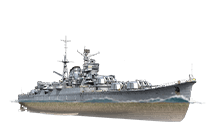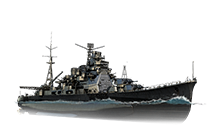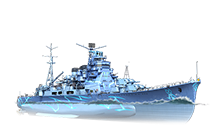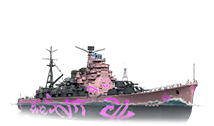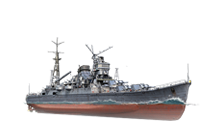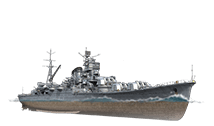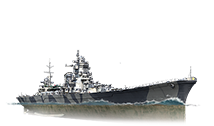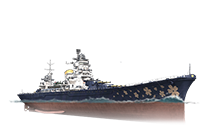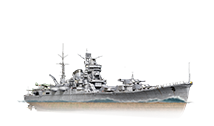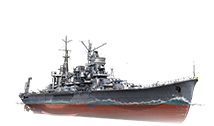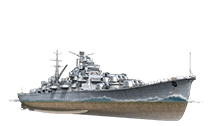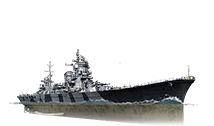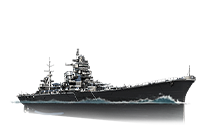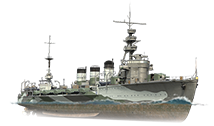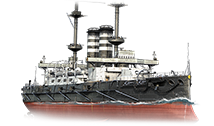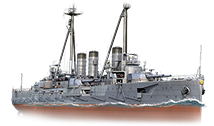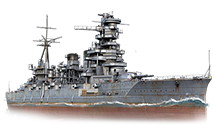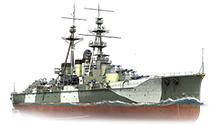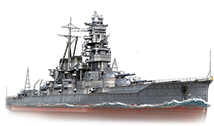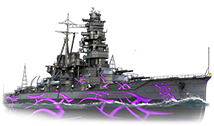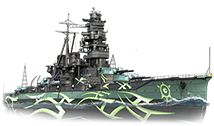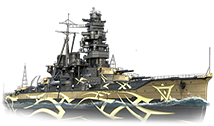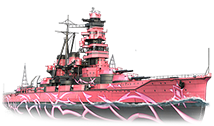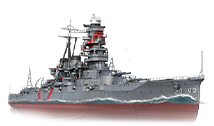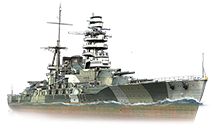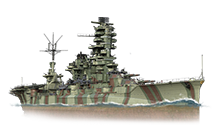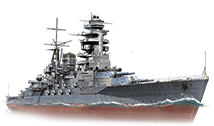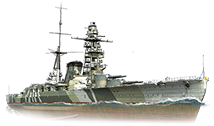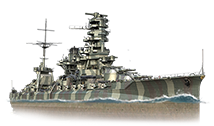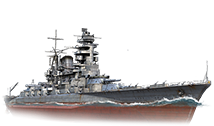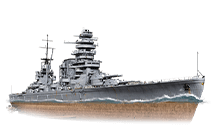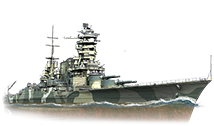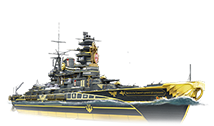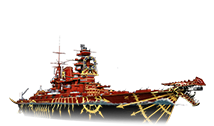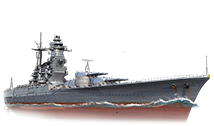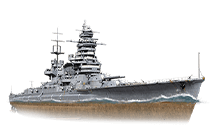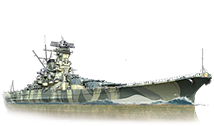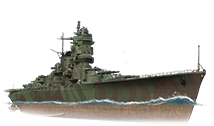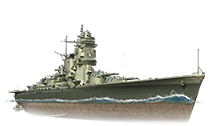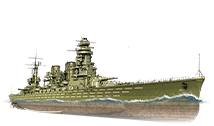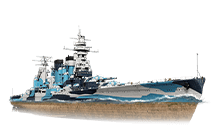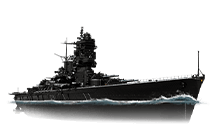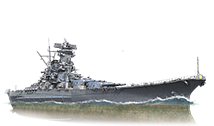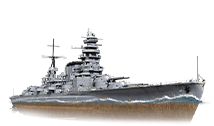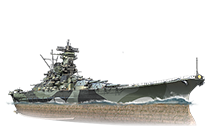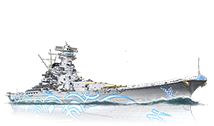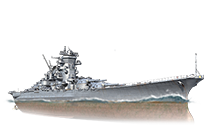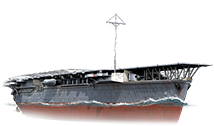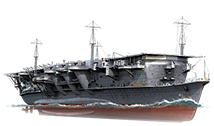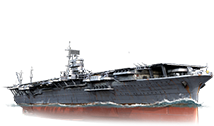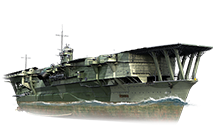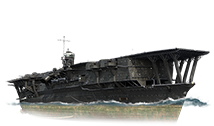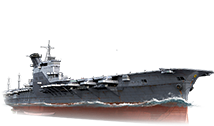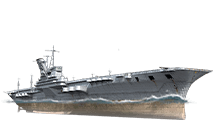Ships of Japan
Throughout their history, the IJN achieved stunning victories and technological innovations - the Battle of Tsushima, the sinkings of the Prince of Wales and the Repulse, the world's first purpose-built aircraft carrier, the deadly Type 93 "Long Lance" torpedo and classes of cruisers and destroyers that, despite being much older than their adversaries, remained the most powerful of their class of any nation during World War II. However, several mistakes and oversights during the War resulted in their near-annihilation by the US Navy. The Attack on Pearl Harbour was a tactical victory but a strategic error, bringing into the war a nation that, while initially underprepared and unwilling to go to war, had near-limitless resources and unmatched production capabilities, and little to none of the support facilities - naval repair yards, fuel depots, logistics infrastructure - were attacked, allowing the US to quickly recover and strike back with a vengeance. In contrast, Japan did not have the capabilities to replace their losses as quickly, were incredibly dependent on imports - reducing that dependency was actually one of the major reasons for Japan's expansionist desires - and the under-investment in anti-submarine and anti-aircraft warfare allowed the US Navy to slowly starve Japan into submission.
Japanese ships tend to have great variations in design - each class you encounter is likely to have noticeably different handling characteristics from the previous tier, a result of the IJN constantly experimenting with or influenced by different designs and doctrines. Having consistently superior torpedoes, accurate, long-range guns with high alpha damage, concealment and mobility, but inferior survivability, AA defense and DPM, their playstyle is very similar to the "decisive battle" doctrine that dominated IJN tactics; strike fast, strike hard with precision at targets of importance and/or opportunity, but every hit taken will be painfully felt.
Japanese destroyers rely on remaining unspotted and good use of torpedoes, having weak, slow-turning guns that are generally not worth firing unless they happen to be pointing in the enemy's direction - and even then, it is better to hold your fire to maintain concealment. Concealment issues are exacerbated with the smoke screens on IJN destroyers having fewer charges and shorter durations (see Consumables), giving you less flexibility to get out of sticky situations. Their torpedoes are unmatched at every tier, having the highest damage and longest ranges of any vessel that can equip torpedoes, allowing them to snipe enemy warships while well out of visual range. From the Fubuki at tier 8, captains get many more options available to them; their guns begin to be more effective (but still inferior to other nations') and they get a choice of 3 types of torpedoes; high-speed (up to an incredible 76 knots!) but shorter range; longer range but low speed ("low" being rather ironic, seeing that almost all of them still exceed 60 knots); and an in-between option that has average speed and range. This allows for variable playstyles and keeps your opponents guessing - not to mention that, combined with the Torpedo Acceleration skill, it's almost impossible to dodge torpedoes streaking at a whopping 81 knots.
Japanese cruisers have fewer guns housed in slow-turning turrets, but have better maneuverability and concealment values. Virtually all Japanese cruisers are equipped with a complement of torpedoes that are on par with their smaller cousins, the destroyer. This is further exacerbated by the fact that in the higher tiers, their torpedo tubes are often located aft of the vessel. Do not be fooled if a Japanese cruiser starts turning away from you mid-fight; they may have just launched a spread of torpedoes in your direction. From tier 5 onwards, in the Furutaka, they are equipped with accurate, powerful guns that, while lacking in rate of fire and still housed in slow-turning turrets, have reasonable shell arcs and velocity, able to reliably citadel or set their enemies on fire - their HE shells have a 17% chance to set targets on fire, the highest for cruisers. Their AA suite is sufficient for self-defense, but you will be hard-pressed to protect your teammates. The Zao is considered the very pinnacle of what the Japanese had expected of their cruisers: striking first and hard, giving skirmishing ships a nasty surprise when they are in the melee, and generally being a combat effective anti-surface ship.
Japanese battleships were somewhat restricted by the Washington Naval Treaty, forcing them to resort to unusual, but often innovative, designs in outfitting their battleships. This resulted in their battleships having widely varying characteristics; the ponderous and slow Kawachi, the fast and agile Kongo, the well-balanced Nagato, culminating in the crown of their battleship tree: the formidable Yamato. Japanese battleships often have the highest calibre guns with the longest ranges of their tier, which they can extend even further still with the Spotter Plane ability, allowing them to rain destruction upon their enemies with impunity. Many of them have good speeds and agility that belies their size and class; however, their armour protection is slightly lower but more evenly spread out around the entire ship - while not being as effective as protecting against citadel hits, they have few real weakspots.
Japanese aircraft carriers have good maneuverability and concealment values, allowing them to re-position and evade enemies very well. They can deploy more squadrons than the Americans can, albeit with only 4 planes per squadron, combined with short servicing times and faster aircraft, IJN carriers can repeatedly swarm their unfortunate targets from multiple, unexpected directions or cover the battlefield like no one else can. Having more squadrons also translates to less punishing loadouts; you will always have at least one of each type of aircraft available in battle. However, smaller squadrons mean that dive and torpedo bombers deal less damage per strike, and Japanese fighters fare poorly in one-on-one dogfights with American fighters. Bear in mind that carriers can only launch OR recover one squadron type at a time, so it's important to manage your planes when they're returning for servicing as well, or you'll end up with a massive traffic jam. IJN carriers also have smaller hangar capacities, resulting in fewer spare aircraft - poor and reckless management will only end up in the carrier running out of aircraft and thus being of no use to the team. The Hakuryu, or G15 Taiho mod 2 in official designation, currently represents the end might of what their carriers could achieve as it can theoretically destroy even the toughest battleships with sheer squadron numbers alone.